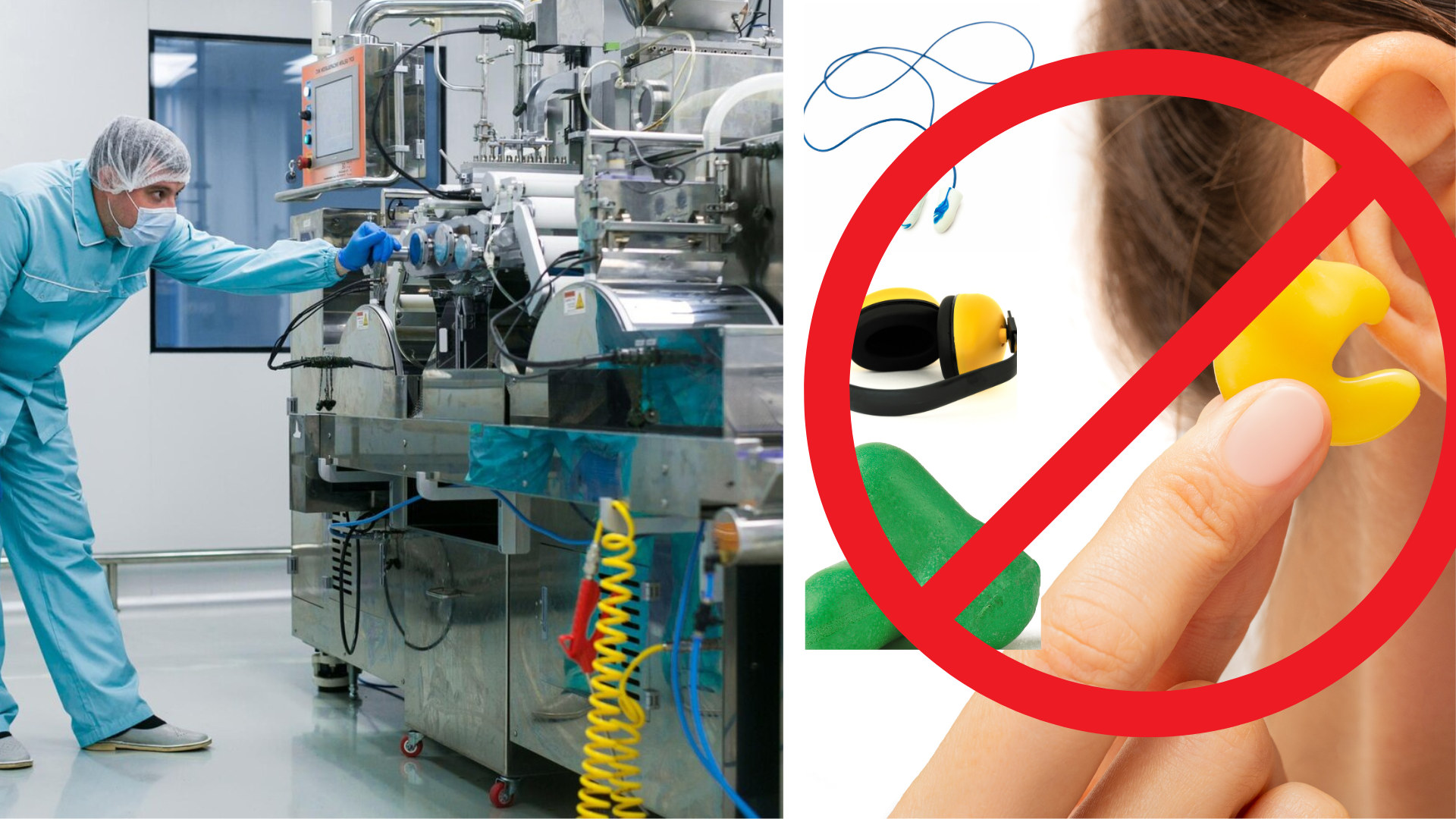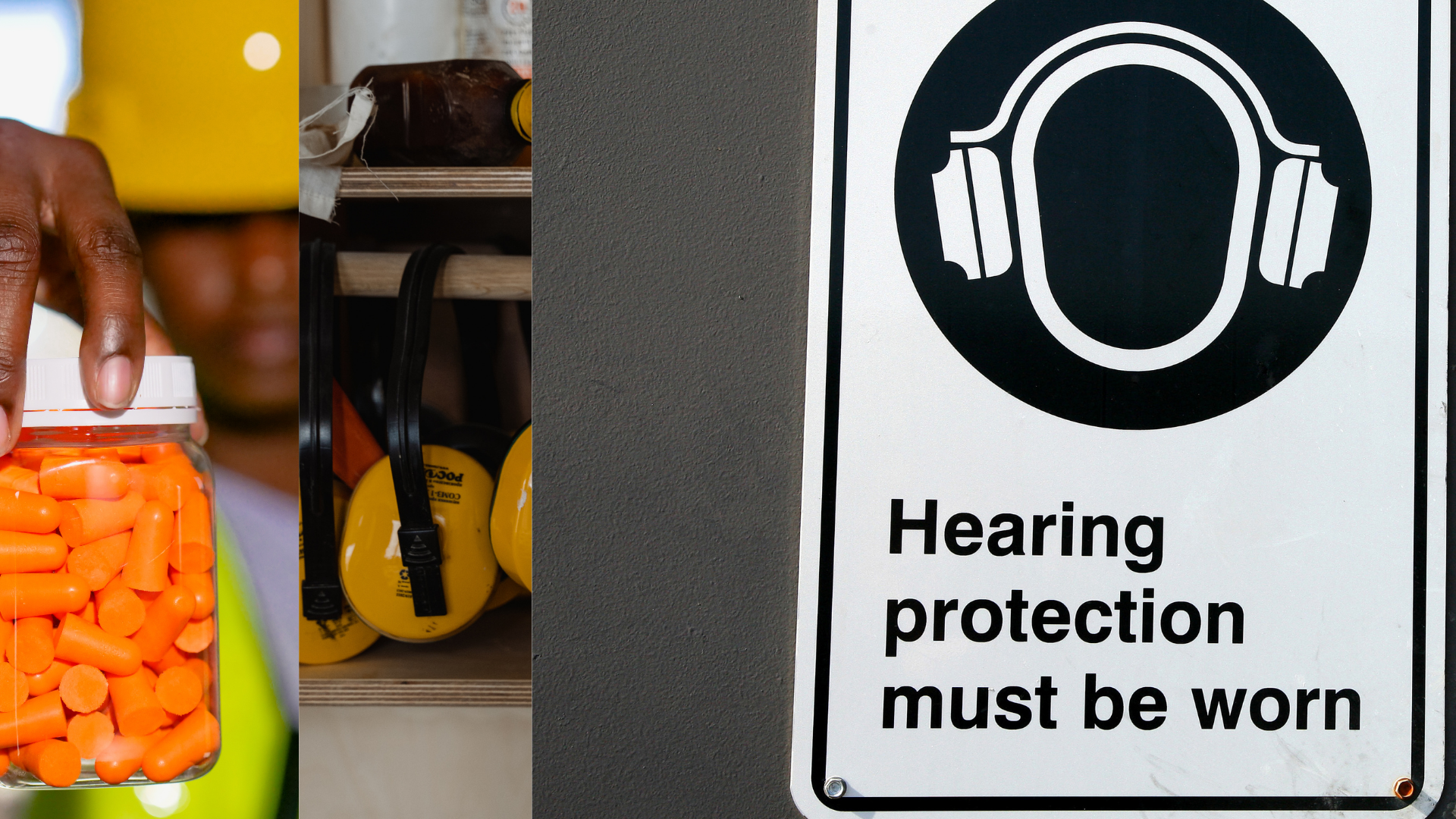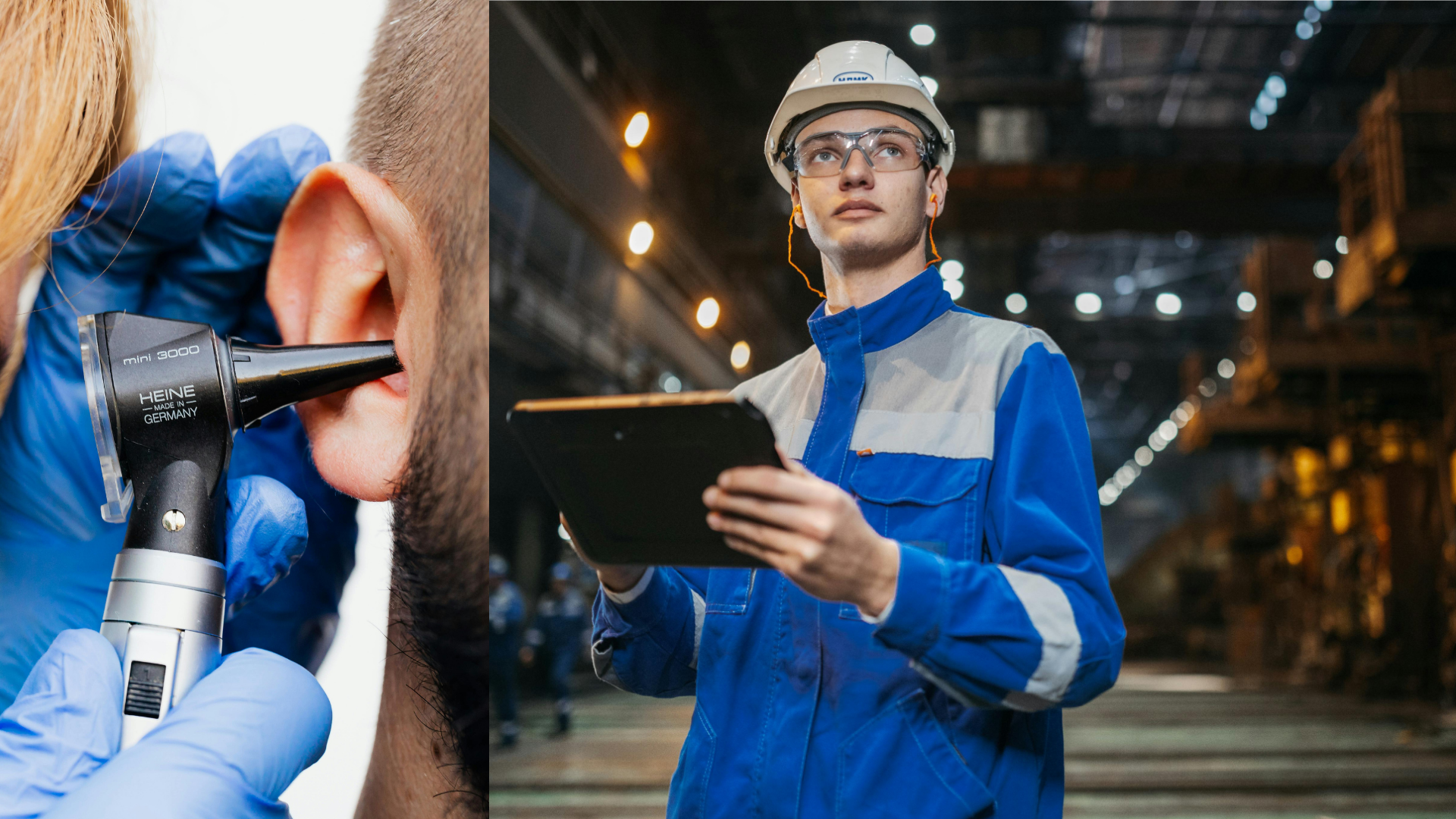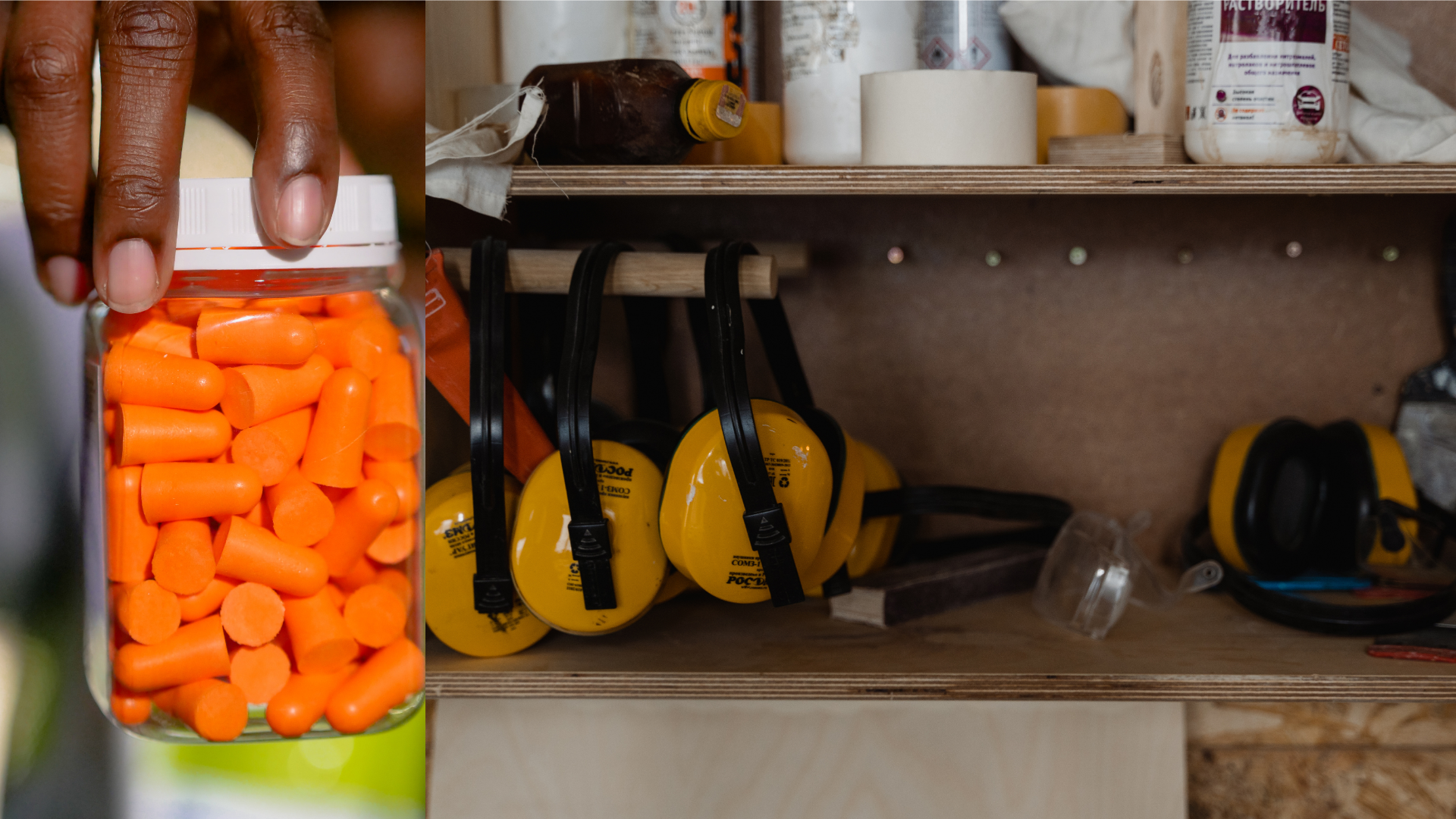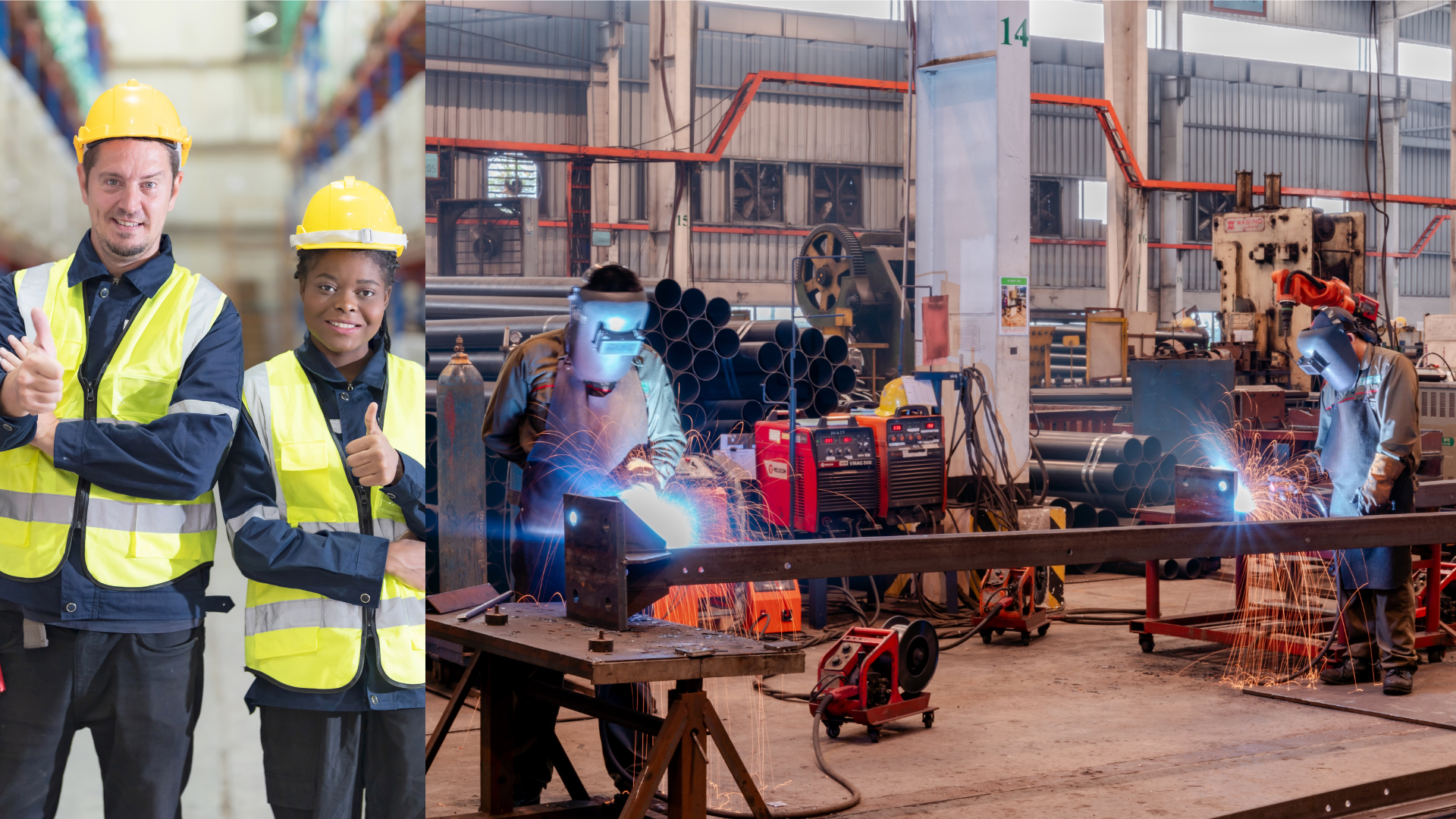Developing an Effective Hearing Conservation Program
So often, when companies think hearing conservation, they don’t go beyond hearing protection & annual hearing tests, stopping short of removing or reducing the problem. This means they’re throwing money at a problem, without seeing any change to that problem. Is that really the most sustainable approach? Or would you like to save more money long term?
Drafting a hearing conservation program (beyond a copy of 1910.95)
Sure, most employers that need it probably have a hearing conservation program. But many are buried under a mound of dust, with 14 other binders on top of it. And when it's found and dusted off, it probably
a) Hasn’t been updated for years
b) Doesn’t clearly state who, what, where, why, how, and when (and yes, that’s important!)
c) Looks suspiciously similar to a copy of OSHA 1910.95
Hearing conservation policies are hardly ever black & white. The federal & state regulations describe the objective of a hearing conservation program, but don’t provide the tools, knowledge, or authority to achieve those goals.
Many companies in the hearing conservation industry focus on fulfilling one or two parts of a hearing conservation program. This leaves safety teams with data and records scattered and unrelated.
Guide to an effective hearing conservation program
At Anadyne, we provide a complete, end-to-end hearing conservation solution. From noise assessments to hearing testing to beyond compliance services, we’re here to take the hassle out of hearing conservation.
Measuring noise: where to start
Whether you’re updating your current hearing conservation policy or want to establish if one is needed, measuring the noise exposure of employees is your first step. This will provide a clearer picture of who should be in the program and where hearing protection needs to be worn. Importantly, it will also provide documentation of who should not be in the program – removing the possibility of false liability.
Implementing noise controls (engineered or administrative)
After you know the main sources of noise, the next move is to get rid of, contain, or control it. Engineering controls such as sound blankets, isolation booths, etc. can help remove the noise altogether. Adjusting work schedules and implementing noise breaks can also be effective in reducing the time employees work in dangerous environments.
Responding to workplace noise
If engineering and administrative controls don’t reduce sound levels to a safe level for all employees, it’s time to implement a hearing conservation program. This should include a range of activities, including noise monitoring, annual hearing testing, hearing protection, recordkeeping, and more.
End-to-end hearing conservation with Anadyne
Click to find out more or give us a call at 888-972-4420!


